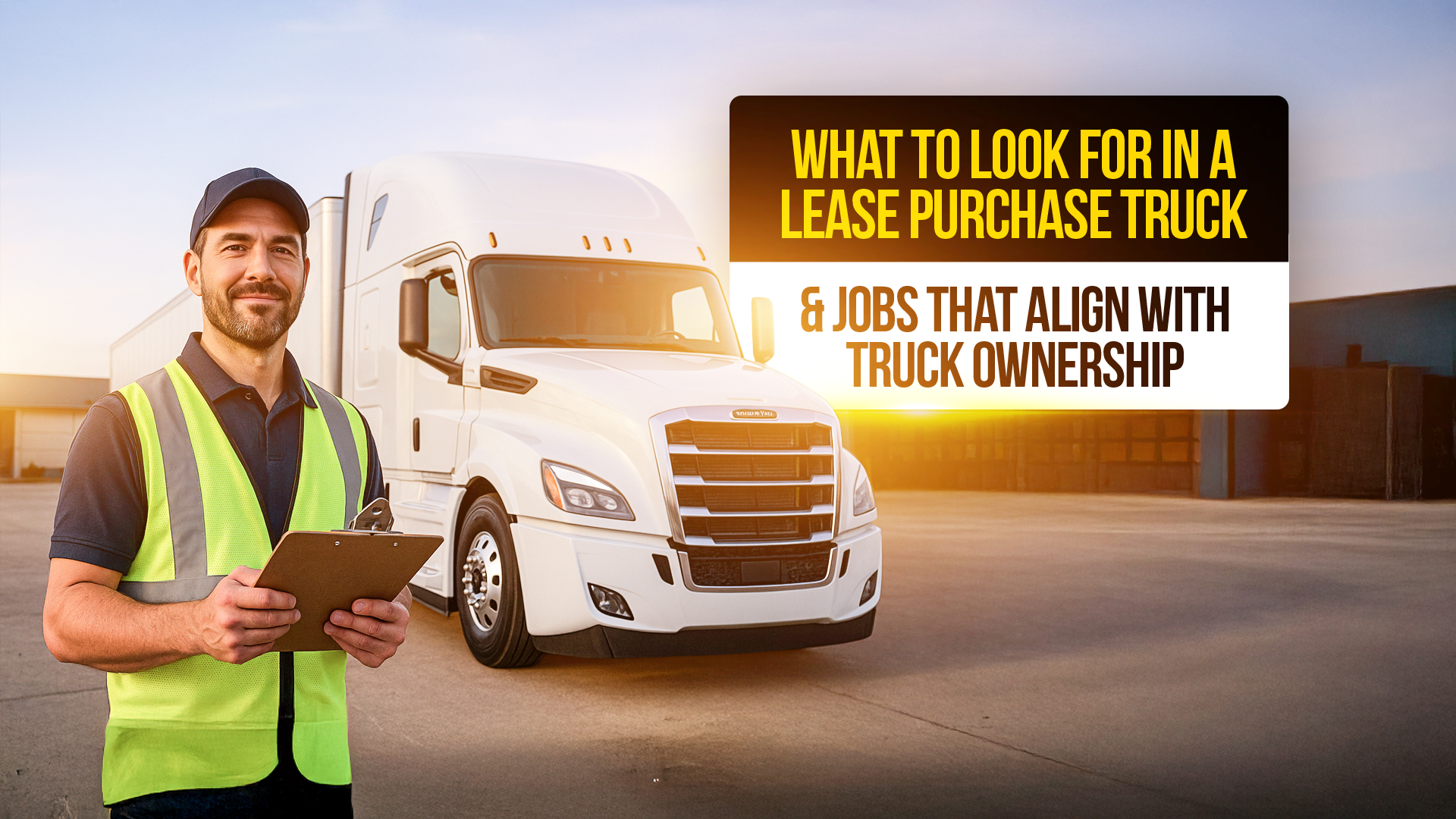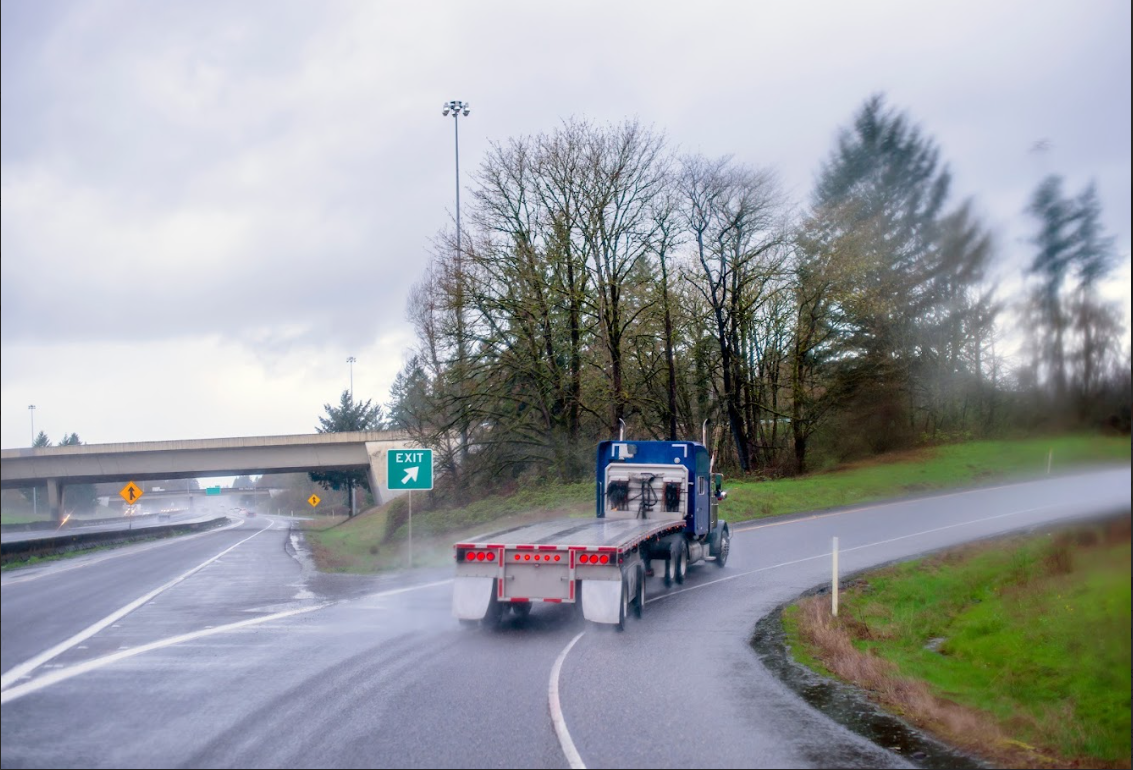For many truck drivers, the open road is more than a job; it’s a calling. But the ultimate goal for countless drivers isn’t just to drive a rig—it’s to own one. The path to ownership, however, is often blocked by hefty upfront costs and stringent loan requirements. This is where a lease purchase program for truck drivers shines, offering a structured and accessible bridge from being a company driver to becoming your own boss. Unlike traditional financing, these programs are designed specifically for the trucking industry, providing a step-by-step roadmap to ownership. If you’ve been dreaming of having your own authority, setting your own schedule, and building a real asset, understanding how a truck lease purchase agreement works is your first crucial step. Let’s navigate this journey together and see if it’s the right fit for your American Dream.
What Exactly is a Truck Lease Purchase Program?
At its core, a truck lease purchase program is a financial arrangement that blends elements of leasing and buying. Think of it as a “try before you buy” plan or a rent-to-own model for a semi-truck. You, the driver, enter into an agreement with a carrier or a specialized company. You make weekly or bi-weekly payments from your earnings, and a portion of each payment goes toward the eventual purchase price of the truck.

This model is fundamentally different from taking out a traditional bank loan. With a loan, you own the truck from day one, along with the massive debt and full responsibility for maintenance. A lease-to-own truck program, on the other hand, allows you to build equity over time while often including maintenance and support from the parent company, making the transition to ownership far less jarring.
Lease Purchase vs. Traditional Loan: A Side-by-Side Look
Choosing the right path requires a clear comparison. Here’s a breakdown of how these two options stack up.
| Feature | Lease Purchase Program | Traditional Bank Loan |
|---|---|---|
| Upfront Cost | Typically low or no down payment. | Often requires a significant down payment (10-20%). |
| Credit Requirements | Generally more flexible, focusing on driving record. | Requires strong personal credit history. |
| Maintenance & Repairs | Often included or offered at a reduced cost through the program. | Entirely the owner’s responsibility and expense. |
| Path to Ownership | Structured, with a set purchase price and timeline. | Ownership is immediate upon purchase. |
| Support System | Access to dispatch, freight, and industry expertise. | You are on your own as an independent owner-operator. |
The Unbeatable Advantages of a Truck Lease-to-Own Program
Why are so many drivers turning to this model? The benefits are tangible and directly address the biggest hurdles of truck ownership.
Low Barrier to Entry
The most significant advantage is accessibility. You don’t need perfect credit or to save up $30,000 for a down payment. Companies are more interested in your proven work ethic and safe driving record. This opens the door for drivers who are financially responsible but haven’t had the chance to build traditional credit.
A Managed Transition to Independence
Jumping straight into full ownership is a high-risk venture. A semi-truck lease purchase acts as a training ground. You learn the business side of trucking—managing fuel costs, understanding per-mile rates, and planning routes—while still having the safety net of a larger company handling back-office tasks and securing freight. This hands-on experience is invaluable.
Building Equity with Every Mile
Unlike simply being a company driver where your earnings are just income, each payment in a lease purchase program moves you closer to owning a valuable asset. You’re not just working for a paycheck; you’re building a business and investing in your future with every haul.
Navigating the Potential Pitfalls: What to Watch Out For
While promising, these programs are not without their challenges. An informed driver is a successful driver. Here are the key areas to scrutinize before signing any truck driver ownership program contract.

- The Fine Print on Payments: Understand exactly what your weekly payment covers. Does it include truck payment, insurance, and maintenance? Are there hidden fees? A study on freight logistics highlights the importance of transparent cost breakdowns to ensure driver profitability.
- Termination Clauses: What happens if you want to leave the program early or if you face a medical issue? Some contracts have steep penalties that can wipe out the equity you’ve built.
- Fair Purchase Price: Is the final buyout price for the truck predetermined and reasonable? Compare it to the market value of a similar used truck to ensure you’re getting a fair deal.
- Quality of Equipment: You’ll be living in this truck. Ensure the company maintains its fleet to a high standard. Breaking down frequently will kill your profitability and morale.
Expert Insight: Choosing the Right Program for You
We spoke with industry veteran and logistics consultant, Michael Roberts, who has over 25 years of experience advising owner-operators. His advice is straightforward:
“Don’t just look at the glossy brochure. A reputable CDL lease purchase company will be completely transparent. Ask for a sample contract. Talk to at least three drivers currently in their program. Calculate your total cost of ownership, not just the weekly payment. The best programs are partnerships, not just financing schemes. They have a vested interest in your success because when you succeed, they succeed.”
This aligns with the principles of sound financial planning. According to data from the U.S. Bureau of Labor Statistics, the financial stability of self-employed individuals is heavily tied to clear, upfront contractual agreements and manageable overhead costs.
Your Action Plan: Steps to Get Started
Ready to explore this path? Follow this practical checklist:
- Self-Assessment: Honestly evaluate your financial discipline and readiness for the responsibility.
- Research Companies: Look for carriers with strong reputations and positive driver reviews. Check their safety ratings on the FMCSA website.
- Crunch the Numbers: Create a detailed budget that includes your payment, personal expenses, and a savings buffer for slow weeks.
- Ask the Hard Questions: Inquire about payment structure, maintenance responsibilities, and the exact process for transferring title at the end of the term.
- Review the Contract: If possible, have a professional with experience in transportation contracts look it over before you sign.
Frequently Asked Questions (FAQ)
What credit score do I need for a lease purchase program?
While requirements vary, many programs are more flexible than banks. They often prioritize a clean driving record and stable work history over a high credit score. Some may work with scores as low as 550, but it’s always best to ask the company directly.
Can I fail a lease purchase program?
Yes, it’s possible. If you consistently fail to meet the payment obligations or violate the terms of the contract (e.g., safety violations), the company can terminate the agreement. This could result in the loss of your truck and any equity you’ve built.
Who pays for repairs and maintenance during the lease?
This is a critical question. In many programs, routine maintenance and repairs are covered, but you must confirm this. Some may have a “maintenance escrow” account where a portion of your payment is set aside for this purpose. Others might require you to pay and then get reimbursed.

What happens at the end of the lease purchase term?
Upon successful completion of the term and making all required payments, you will have the option to purchase the truck for the predetermined price, often as low as $1. The title is then transferred to your name, and you become the full owner.
Conclusion: Is a Lease Purchase Your Path to Ownership?
A lease purchase program for truck drivers is not a get-rich-quick scheme. It’s a disciplined, strategic path to business ownership. It requires hard work, financial savvy, and a thorough understanding of the agreement you’re entering. However, for the driver with the right mindset and dedication, it offers a realistic and supported route to achieving the ultimate goal: owning your truck, controlling your destiny, and building a legacy on the road. Do your homework, ask the right questions, and take that first step with confidence. Your truck is waiting.
References and Further Reading
- Federal Motor Carrier Safety Administration (FMCSA) – For carrier safety ratings and regulations.
- U.S. Bureau of Labor Statistics – For data on occupational outlook and self-employment financials.




